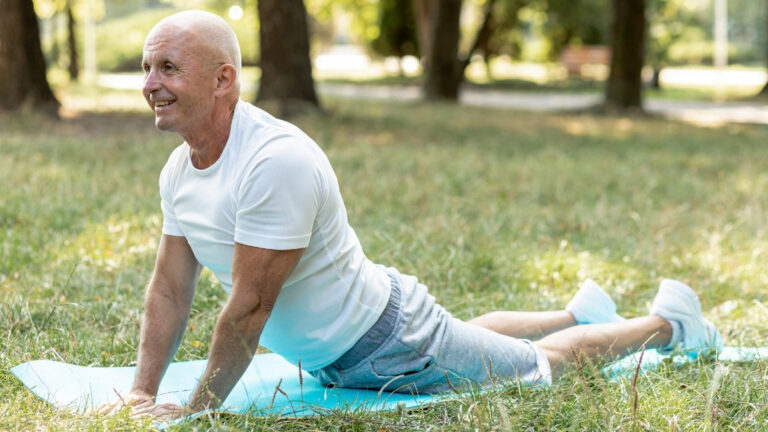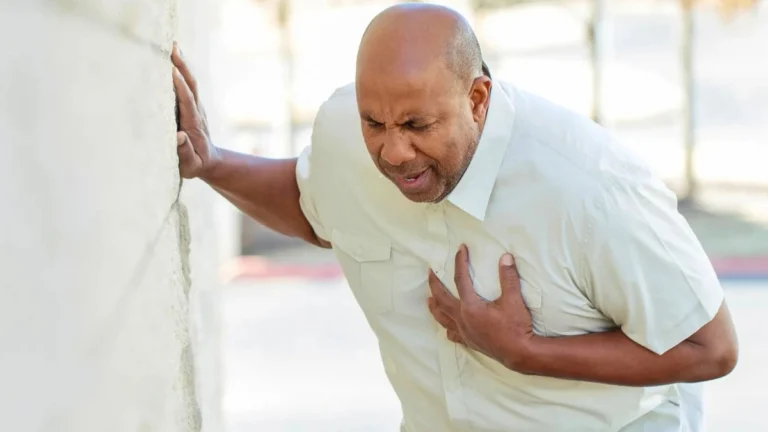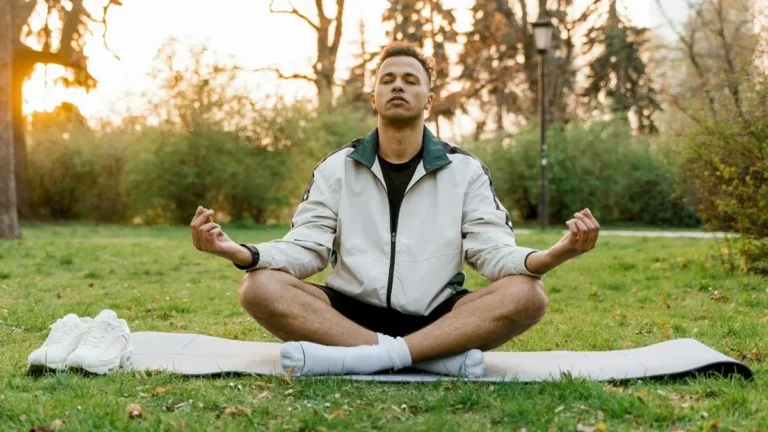After Cardiac Event, People Who Regularly Sit for too Long had Higher Risk of Another Event

After a heart attack, your main focus is on recovery. You are likely following your doctor’s orders on medicine and diet. But what about how much you sit?
Many people believe that total rest and staying seated is the safest way to heal. New research shows this instinct could be dangerously wrong. Too much sitting during your heart attack recovery can raise your risk of another major heart problem.
This article will break down a key May 2025 study from the American Heart Association. We will show you the exact risk of too much sedentary time after a cardiac event.

You will also learn a simple “30-Minute Swap” you can use today. Swapping sitting for light activity or even sleep can cut your risk by more than half.
❤️ Heart Attack Recovery Guide
Key Findings from May 2025 AHA Study
Higher risk of another cardiac event or death for those sitting 15.6 hours/day vs. 11.7 hours/day
Sedentary time = awake with little-to-no movement (watching TV, sitting at desk)
Swap 30 minutes of sitting for:
- 🏃 Brisk walking: 61% risk reduction
- 🧹 Light activity: 50% risk reduction
- 😴 Sleep: 14% risk reduction
Any movement is better than no movement!
Risk reduction from just light physical activity
“Light intensity activities, like tidying up the house or strolling at a slow pace, was nearly as beneficial.”
— Dr. Bethany Barone Gibbs, AHA Expert
What counts as light activity:
- Tidying up the house
- Light gardening or folding laundry
- Cooking or washing dishes
- Playing gently with a pet
- Strolling at a slow pace
Risk reduction when replacing sitting with 30 minutes of sleep
“Sleep is a restorative behavior that helps the body and mind recover.”
— Keith Diaz, Ph.D., Lead Author
Part of AHA’s “Life’s Essential 8” for heart health
Simple tricks to sit less:
- ⏰ Set a timer to stand every 60 minutes
- 📺 Walk during TV commercials
- 📞 Stand up for phone calls
- 🏠 Do light housework throughout the day
Remember: Talk to your doctor before starting any activity program
The 2025 Study: Why Sitting Too Long Is a Major Risk for Heart Attack Recovery
When you’re healing from a heart attack, you might believe that total rest is the safest choice. A new study from May 2025 shows that too much sitting is actually a serious risk. The research was published in the American Heart Association’s journal, Circulation: Cardiovascular Quality and Outcomes.
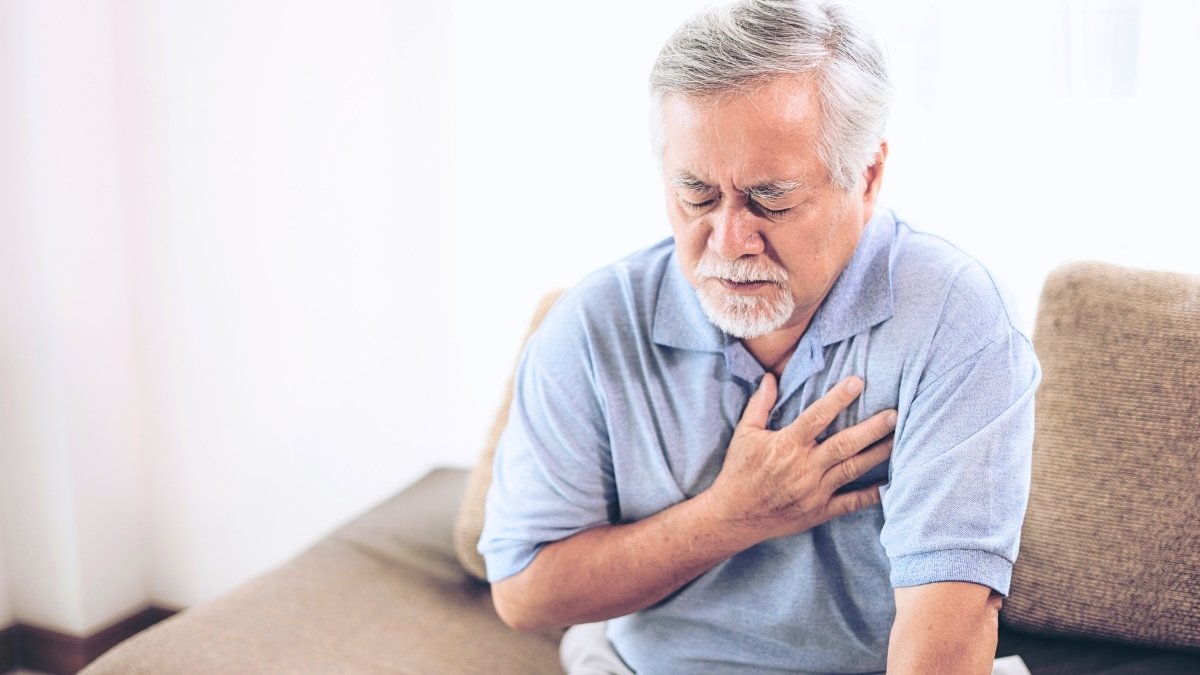
Researchers looked at 609 adults, with an average age of 62. They tracked them for one full year after they were hospitalized for a cardiac event. The study defined “sedentary time” as any time you are awake but have little-to-no physical movement, like watching TV or sitting at a desk.
Here is the most important finding. People who were the most sedentary (sitting for an average of 15.6 hours a day) were 2.58 times more likely to have another cardiac event or die within that year. This was compared to the most active group, who still sat for 11.7 hours a day.

That extra sedentary time after a cardiac event creates a real and measurable danger. It shows that how you spend your time during heart attack recovery is critical. It also shows that sitting less is a key part of getting better and staying healthy.
The “30-Minute Swap”: A Simple Way to Cut Your Risk
The last section’s numbers are a serious warning. But the study also gave a very simple and powerful solution. It’s a small change that can lead to huge results.
Researchers found that replacing just 30 minutes of sitting time with almost anything else made a massive difference in a patient’s risk. This is the “30-Minute Swap.”
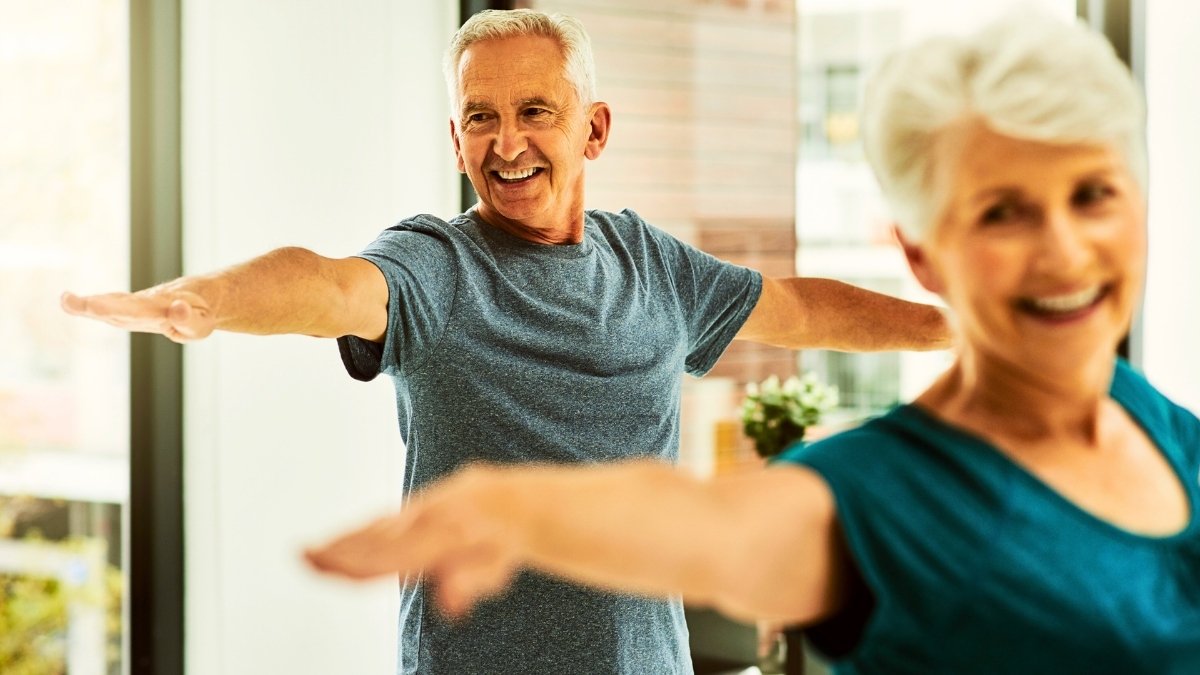
Here is what the study found when you swap 30 minutes of sitting:
- Replace with moderate-to-vigorous activity (like brisk walking) = 61% reduced risk.
- Replace with light physical activity (like tidying up) = 50% reduced risk.
- Replace with 30 minutes of sleep = 14% reduced risk.
That 50% risk reduction from just light physical activity is the best news. It proves you do not need intense exercise to protect your heart. Any movement is better than no movement.

The finding about sleep was also important. Researchers believe sleep is a “restorative behavior.” It helps your body and mind heal, which is exactly what you need after a cardiac event.
This gives you a clear, manageable goal. The message is simple: sitting less, move more. This small change can make a real difference in your recovery.
What Counts? Actionable Ways to Sit Less, Move More
So what counts as light physical activity? You might worry about doing too much, too soon. It’s a common fear during heart attack recovery.
The study experts have good news. Dr. Bethany Barone Gibbs, an expert with the American Heart Association, said, “light intensity activities, like tidying up the house or strolling at a slow pace, was nearly as beneficial.”

This means you don’t have to go to a gym. You just need to find simple ways to break up your sitting time.
Here are examples of light physical activity:
- Tidying up the house
- Light gardening or folding laundry
- Cooking or washing dishes
- Playing gently with a pet
- Strolling at a slow pace
The main goal is to sit less, move more. Try these simple tricks:
- Set a timer on your phone to stand up every 60 minutes.
- Walk around the room during TV commercials.
- Stand up when you take a phone call.
The Surprising Role of Sleep in Your Heart Attack Recovery
One of the study’s most interesting findings was about sleep. Researchers found that swapping 30 minutes of sedentary time after a cardiac event for 30 minutes of actual sleep still lowered the risk of another event by 14%.
Why does this happen? Sleep is not just “doing nothing.” The study’s lead author, Keith Diaz, Ph.D., said, “Sleep is a restorative behavior that helps the body and mind recover.” This is extra important when you are healing from a serious health event.
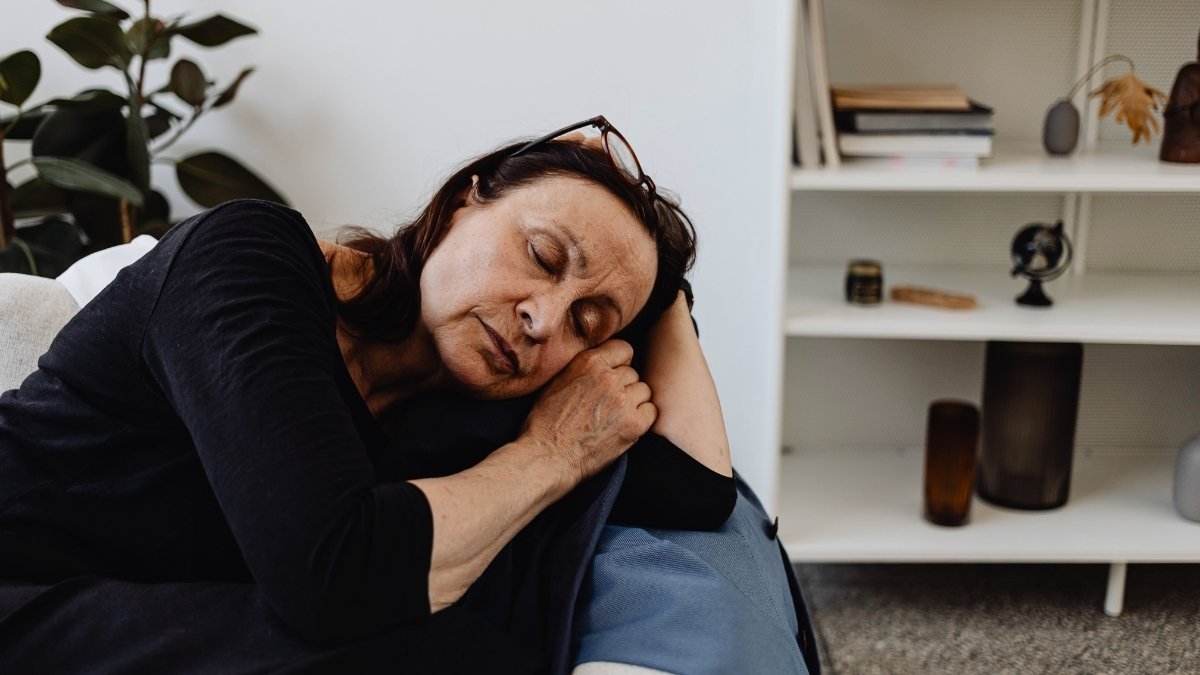
This fits with the big picture of heart health. The American Heart Association lists good sleep as one of its “Life’s Essential 8” for a healthy heart.
Of course, this isn’t an excuse to be sedentary all day. It means that 30 minutes of good, healing sleep is better for your heart attack recovery than 30 minutes of low-quality sitting, like zoning out in front of the TV.
Who This Study Applies To (And What We Still Don’t Know)
It’s fair to ask, “Does this study apply to me?” This is an important question. The study was done in New York City and included a very diverse group of 609 patients.
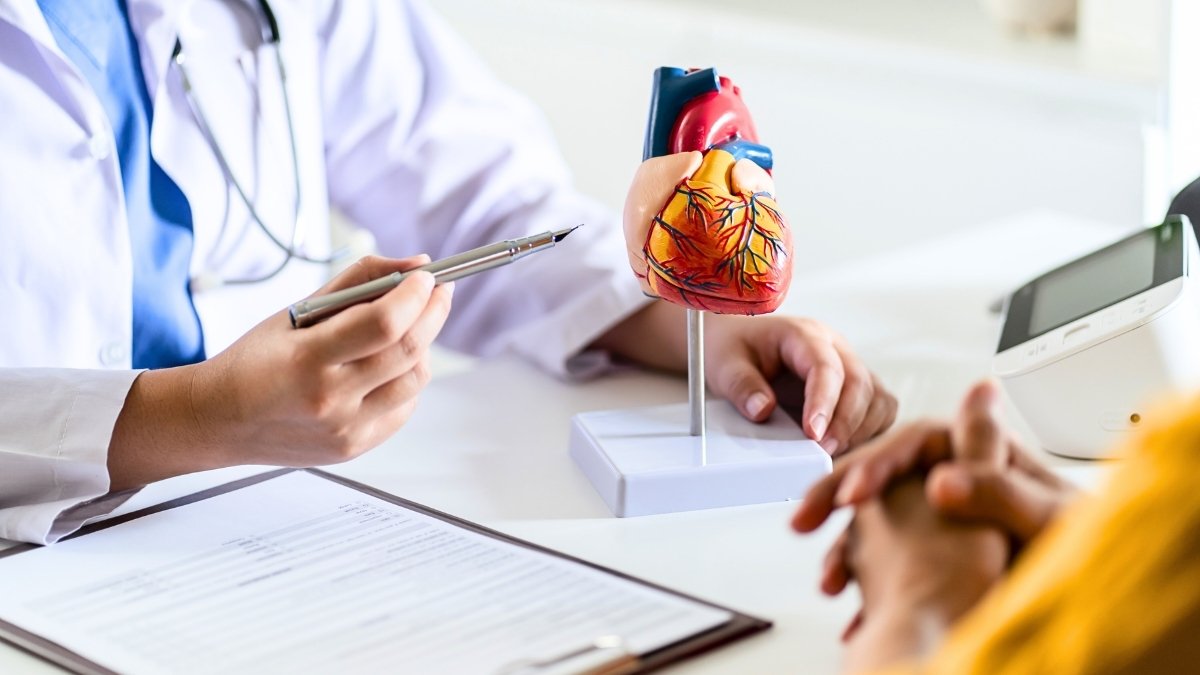
About 58% of the patients were Hispanic, 22.8% were non-Hispanic Black, and 11% were non-Hispanic white. This diversity is a good thing. It shows the risk from sedentary time after a cardiac event is a real problem for many different groups of people.
The researchers were also honest about what they didn’t know. The study did not have data on patient income or their neighborhoods. It also didn’t track if patients went home or to a rehab center, which can change heart attack recovery.

Even with those missing pieces, the main lesson is powerful and clear. The core message to “sit less, move more” is a smart strategy for almost everyone. It’s a simple change that can have a big impact on your health.
Final Thoughts:
Healing from a heart attack isn’t about running a marathon. The May 2025 AHA study showed something much simpler. The most powerful first step is just to sit less.
Your new motto is simple: sit less, move more. Try to find just 30 minutes of sedentary time after your cardiac event that you can change. You can swap it by standing, walking around the house, or even getting 30 extra minutes of good sleep.
This small, consistent change can make the biggest difference in your heart attack recovery. Before you start, please talk to your doctor or cardiac rehab specialist. They will help you create a plan that is safe for you.


